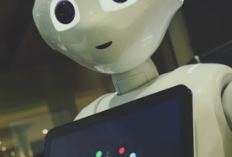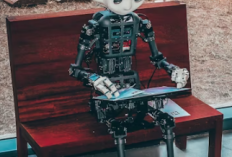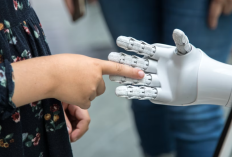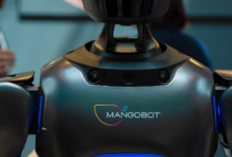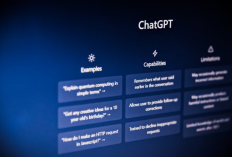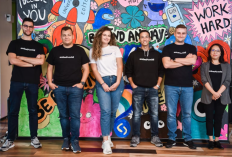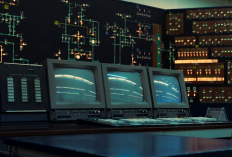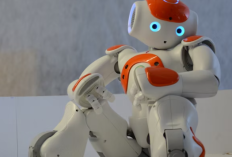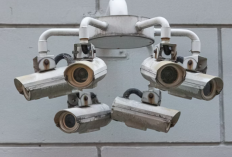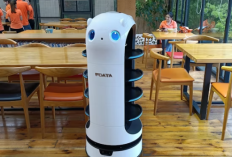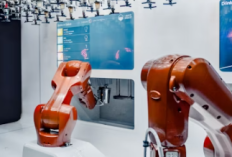How Artificial Intelligence is Quietly Rewriting the Rules of Tech Innovation
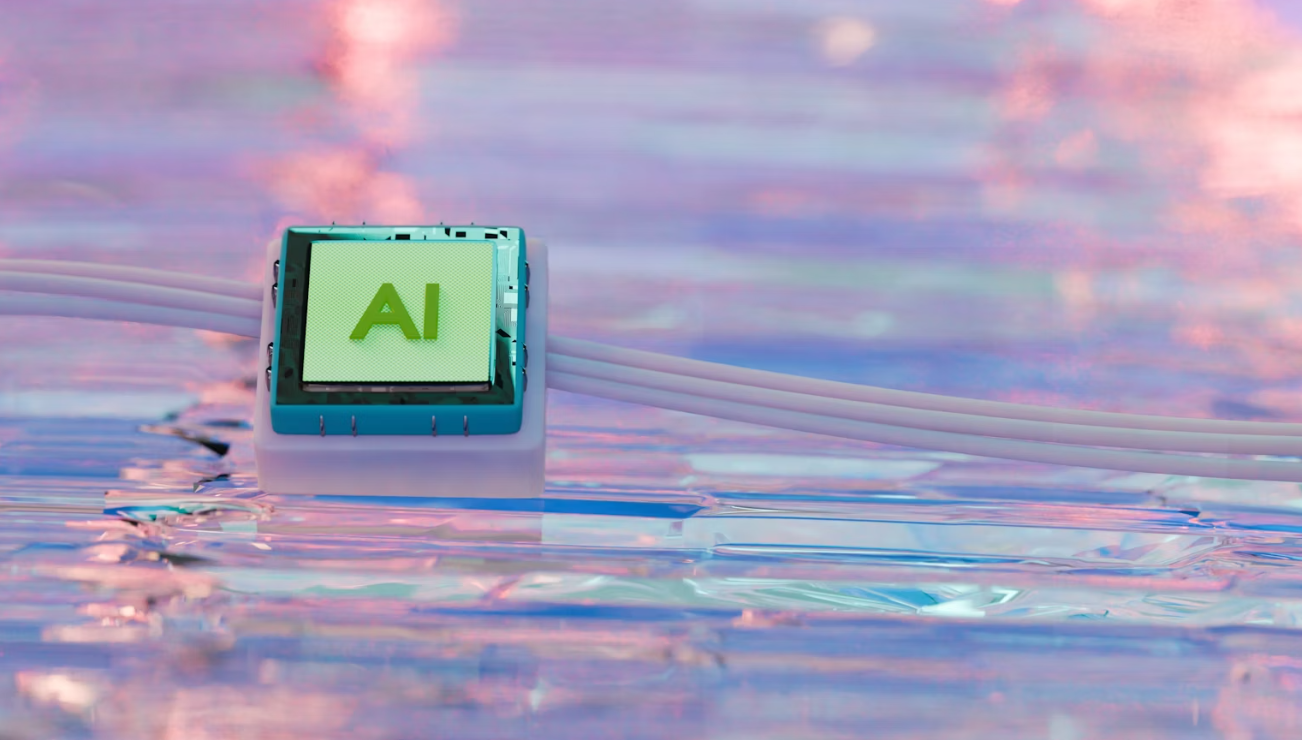
Futuristic artificial intelligence microchip resting on vibrant, glossy surface with pastel reflections and surreal lighting, representing technology innovation and digital transformation-Omar:. Lopez-Rincon-https://unsplash.com/
How Artificial Intelligence is Quietly Rewriting the Rules of Tech Innovation
Step into a modern research lab, where screens flicker with simulations, machines hum in synchrony, and data flows endlessly. At first glance, it looks like a typical high-tech environment. But as you watch closely, you realize something extraordinary: artificial intelligence is quietly reshaping every rule you thought you knew about technological innovation.
1. Redefining Experimentation
Traditionally, innovation relied on trial, error, and iteration—a slow, resource-heavy process. Today, AI accelerates experimentation. You observe an AI system running thousands of simulations in minutes, identifying the most promising paths while discarding unproductive ones. You feel a sense of immediacy and anticipation, as if ideas themselves are racing ahead, propelled by intelligence that never tires.
2. Collaboration Between Human and Machine
Engineers and designers interact with AI not as tools, but as co-creators. You see prototypes emerging from simulations where AI has suggested novel designs humans would not have conceived alone. The creative process feels like a conversation, each suggestion refined by human intuition. You start to understand: AI is not replacing ingenuity—it is amplifying it, nudging innovation into unexplored territories.
3. Predictive Problem-Solving
One of the most subtle impacts is AI’s ability to foresee challenges before they arise. By analyzing historical patterns, environmental variables, and cross-industry data, AI anticipates bottlenecks, inefficiencies, and potential failures. You feel like a spectator to a silent preemptive intelligence, guiding human decisions with an almost prescient understanding of outcomes.
4. Democratizing Innovation
AI makes high-level experimentation accessible. Small teams can now compete with large research labs because AI lowers barriers to exploration. You feel the excitement of possibility: the rules have shifted, innovation is no longer confined to the few, and creativity has become more inclusive. The playing field is expanding, and with it, the pace of discovery accelerates exponentially.
5. Innovation as a Continuous Flow
Unlike traditional milestones and linear processes, AI-driven innovation feels fluid. You notice that insights emerge continuously, with systems learning from every input, every success, every failure. The concept of a “finished” project begins to fade; instead, there is an ongoing evolution where ideas adapt, refine, and scale in real-time.
6. Unexpected Synergies Across Industries
AI doesn’t recognize the artificial boundaries humans create between industries. Watching the system at work, you see innovations in materials science influencing energy solutions, which in turn inform healthcare technologies. You experience the thrill of serendipity—the quiet connections AI uncovers, linking seemingly unrelated disciplines into coherent, actionable insights.
7. A Subtle, Invisible Revolution
As you step back, you realize the most profound change isn’t flashy. It’s quiet, invisible, embedded in the process itself. AI doesn’t just accelerate innovation—it rewires the rules. Experimentation is faster, creativity is amplified, and collaboration is richer. You leave the lab feeling part of a subtle revolution, one that is reshaping the landscape of technology with every algorithm, simulation, and predictive insight.

